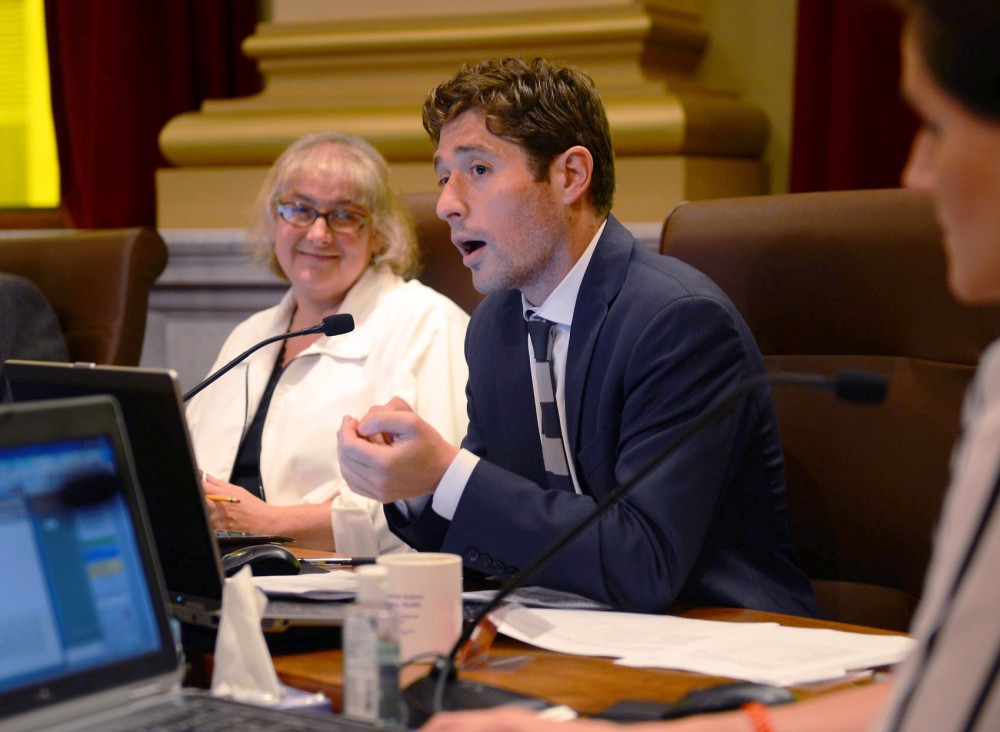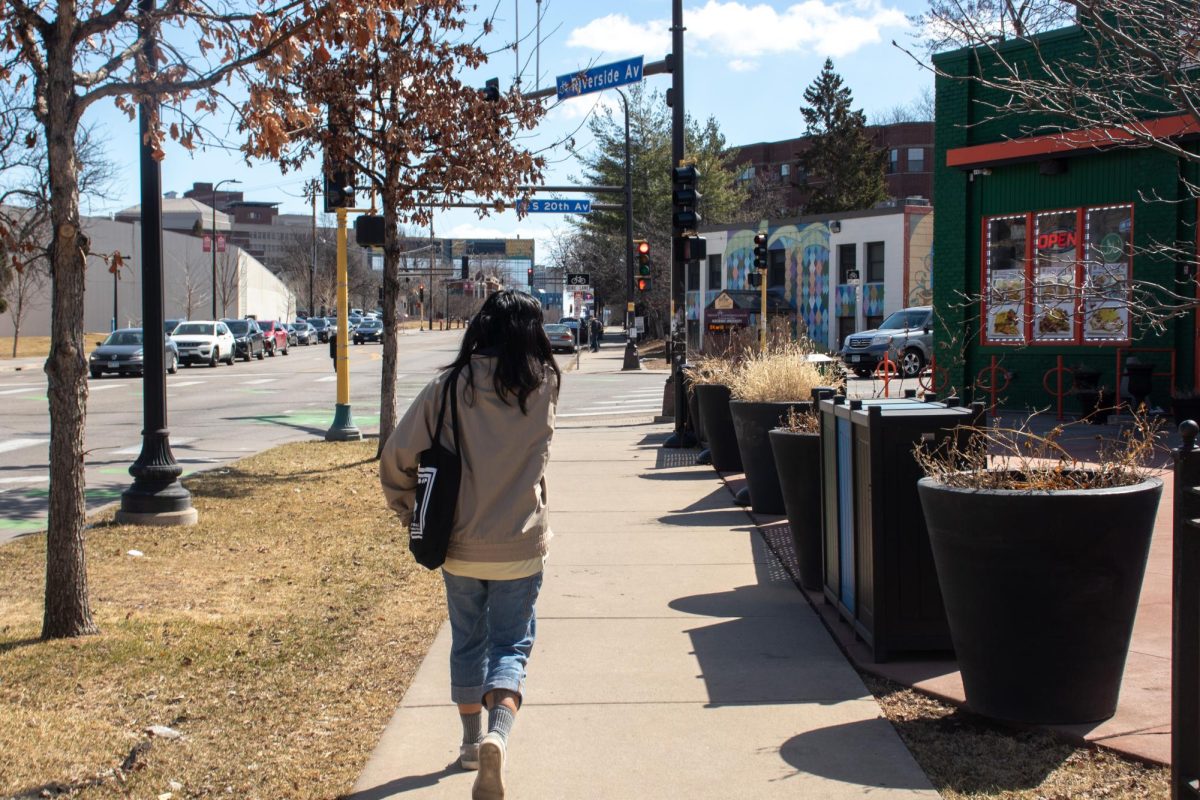An ordinance authored by Mayor-elect and Ward 3 Minneapolis City Council Member Jacob Frey aims to make housing more affordable by increasing occupancy limits.
The maximum occupancy ordinance went through the City’s community development and regulatory services committee last week. The ordinance would amend the City’s zoning code to allow more residents who aren’t blood-related to live in a household together. The current code only lets a maximum of five unrelated residents live in a home.
“Right now, there is a maximum occupancy for each individual household… that limits the number of unrelated people by blood from living together,” Frey said. “The definition of family should be as expansive as possible”
Housing affordability was one of the main concerns Frey said he considered when crafting the ordinance.
Currently, he said many residents are technically breaking the law by exceeding the current occupancy limit in their homes.
“They’re living amongst… seven [or] eight friends that aren’t related by blood and I think that’s okay, which is why I want to change the law,” Frey said.
Ward 3 City Council Member-elect Steve Fletcher said he favors the proposed amendment.
But Fletcher acknowledged there are some arguments to be made against Frey’s amendment. He said some residents may not feel comfortable living next to a household of more than 10 people.
Plus, Fletcher said, households with too many occupants could “create a livability problem.” Still, he said amending the old code is worth a review by the City.
Similar to Frey’s proposed ordinance, last year council members passed Ward 2 City Council Member Cam Gordon’s “intentional communities” ordinance, which allowed unrelated individuals to live in a single home as long as they meet certain requirements.
Unlike Frey’s proposal, Gordon’s ordinance required residents to meet certain guidelines.
The intentional communities’ regulation requires:
· An application for review and approval by the City
· A representative member for contact purposes
· Compliance with all provisions of the City’s Code of Ordinances
· A cooperative registration number or other legal documentation establishing the intentional community
Gordon said this ordinance was designed as an exception to the City’s occupancy zoning code.
Cody Olson, executive director of the Southeast Como Improvement Association, said his organization encourages residents to abide by the zoning code.
“We currently support the City’s law of that [five-person] occupancy per house,” Olson said, but added that SECIA can’t enforce the rule.
The timetable on the progression of Frey’s ordinance is still being determined. Frey said the proposed amendment was originally set to move through the council by the end of the year, but it will likely be pushed to the start of next year.
“It has nothing to do with the politics… it’s got to do with the timing,” he said. “There’s an engagement that needs to happen within the committee that needs to go through.”








